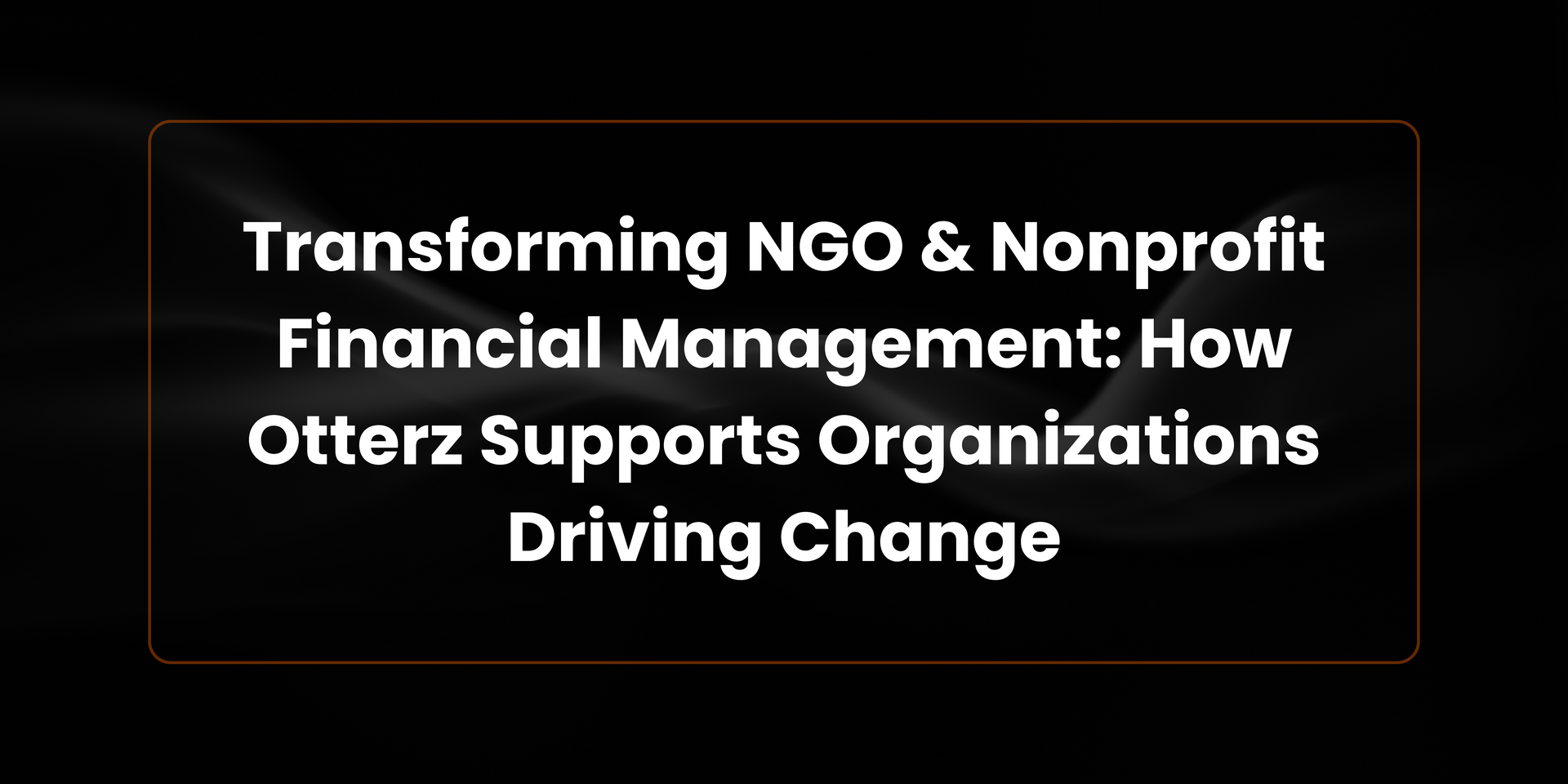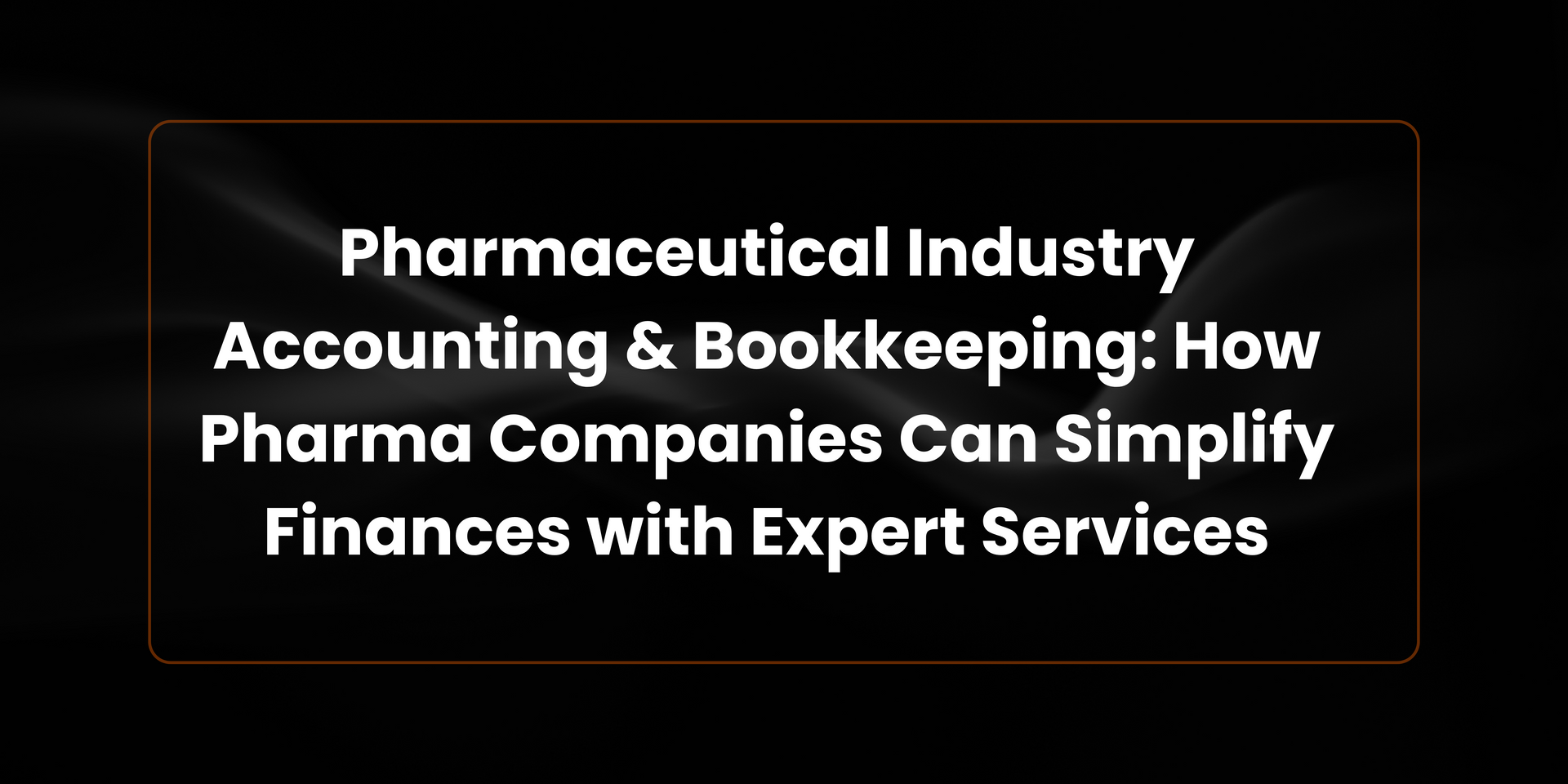R&D Tax Rule in the USA (2025): What Every Business Needs to Know
A complete breakdown of the updated R&D tax credit, who qualifies,
And how to claim more in 2025.

If your business is innovating, creating, or improving—whether it’s a product, process, or software—there’s good news: the Research & Development (R&D) Tax Credit could significantly reduce your federal tax bill in 2025.
However, with the evolving tax landscape and changes to Section 174 now in effect, understanding how the R&D credit works—and how to claim it—has become more crucial than ever.
Let’s break it all down in simple, practical terms.
What is the R&D Tax Credit?
The R&D Tax Credit is a federal (and sometimes state) incentive that rewards U.S. businesses for investing in innovation. If your company is designing new products, improving processes, or building new technologies, you may qualify—even if the project fails.
Originally introduced in 1981, this credit has become one of the most powerful ways for startups and established companies to reinvest in their growth.
Who qualifies?
Companies of all sizes and industries—software, manufacturing, biotech, engineering, even food production—can benefit.
What’s eligible?
Expenses tied to:
Developing or improving products, software, or processes
Engineering and design
Prototyping or testing
Cloud integration or automation R&D
Wages for technical staff (engineers, developers, designers)
What Changed in 2022 (and Still Matters in 2025): Section 174 Explained
One of the biggest shifts in recent tax policy came through Section 174, and it continues to impact how businesses report R&D costs in 2025.
Before 2022:
You could deduct R&D expenses in the same year you incurred them. Simple and cash-flow-friendly.
After the 2022 rule change (now in full force in 2025):
All R&D expenses must be capitalized and amortized over:
- 5 years (U.S.-based research)
- 15 years (Foreign-based research)
This means you can’t deduct the full amount immediately—you spread it out over time. That’s a big deal for cash-conscious startups and growing businesses.
Why it matters:
Your taxable income could go up temporarily, even if you’re reinvesting heavily in innovation. This has created financial strain for many businesses, especially small ones.
How the R&D Credit Works in 2025
Here’s how you can claim the R&D credit effectively, despite Section 174 changes:
1. Calculate Qualified Research Expenses (QREs)
These typically include:
- Wages for technical staff
- Supplies used in research
- Contract research
- Certain cloud computing expenses
2. Choose Your Calculation Method
There are two ways to calculate your credit:
- Regular Credit Method (RCM): 20% of QREs exceeding a base amount
- Alternative Simplified Credit (ASC): 14% of QREs over 50% of your 3-year average QREs
Most businesses use ASC because it's easier to calculate and document.
3. File IRS Form 6765
This form is your golden ticket to claim the credit. Attach it to your corporate return (Form 1120, or 1065 for partnerships).
How to Track R&D Activities – Tools by Purpose
Here’s how businesses commonly track and document their R&D activities:
1. Project & Task Management Tools
Track: Specific R&D tasks, milestones, and employee involvement
- JIRA – Ideal for software development; log sprints, user stories, bugs, and features
- Trello / Asana / ClickUp – Visual task boards for tracking project progress, team assignments, and iterations
- Monday.com – Customizable for R&D workflows with Gantt charts, task timelines, and team collaboration
Use these tools to show who did what, when, and how it involved experimentation or technical development.
2. Documentation & Knowledge Repositories
Track: Technical processes, hypotheses, test results, design iterations
- Confluence – Create collaborative R&D documentation linked to JIRA tasks
- Notion – Organize R&D goals, research notes, meeting summaries, and SOPs
- Google Docs / Dropbox Paper – Easy-to-share documents for smaller teams
This helps satisfy the IRS’s requirement for demonstrating a process of experimentation and technical uncertainty.
3. Time Tracking Tools
Track: Employee time spent specifically on R&D activities
- Harvest – Tag billable hours under specific R&D projects
- Clockify / Toggl – Track time by task or client and export detailed reports
- QuickBooks Time – Integrated with payroll systems for easier wage tracking
Needed to calculate qualified R&D wages, which are often the largest portion of your credit.
4. Financial & Expense Tracking Tools
Track: Costs of wages, materials, contractors, cloud services
- QuickBooks / Xero – Use class/category tracking for R&D-related GL entries
- Expensify / Zoho Expense – Tag R&D expenses like prototyping materials, software subscriptions
- Gusto / ADP – Payroll breakdown for employees doing R&D
This supports your claim for expenses like supplies, third-party contractors, and cloud computing.
Two Ways to Use the R&D Credit:
There are two primary ways businesses can benefit from the R&D tax credit, depending on whether they are profitable or not:
Option 1: Payroll Tax Offset (For Startups / Pre-Revenue Companies)
Best for:
Early-stage or unprofitable businesses with employees
Maximum benefit (2025): Up to $500,000 per year
How it works:
Instead of applying the credit to your income tax (which you might not owe yet), you can use it to reduce your employer-side payroll tax liability (Social Security + Medicare).
Example:
Your company has $300,000 in eligible R&D costs, and you qualify for a $45,000 R&D credit. If you don't owe income taxes yet, you can apply this credit to offset payroll taxes on Form 941 over the next few quarters—boosting your cash flow.
Option 2: Federal Income Tax Liability Reduction (For Profitable Companies)
Best for:
Companies with net income and federal tax liability
How it works: Apply the R&D credit to directly reduce your income tax bill on your corporate or individual tax return (e.g., Form 1120 for C-corps or Form 1040 for pass-through entities).
Example:
Your company owes $60,000 in federal taxes and has a $40,000 R&D tax credit. You now only owe $20,000 after applying for the credit.
Final Thoughts: Plan Ahead, Don’t Miss Out
2025 is a pivotal year for R&D tax incentives. While Section 174 has made claiming more complex, the benefits are still strong—if you prepare properly.
Whether you're a startup coding a new app or a manufacturer improving your machinery, innovation should be rewarded, not punished.
Need Help Navigating R&D Tax Credits?
At Otterz, we help businesses maximize their tax credits while staying audit-proof. Our AI-powered assistant, Nyra, helps you stay on top of documentation, expense categorization, and filings—so you can focus on building the future.
Book a free consultation today to explore how much you could save with the R&D Tax Credit in 2025.
Found this valuable? Share it with your friends and colleagues!








